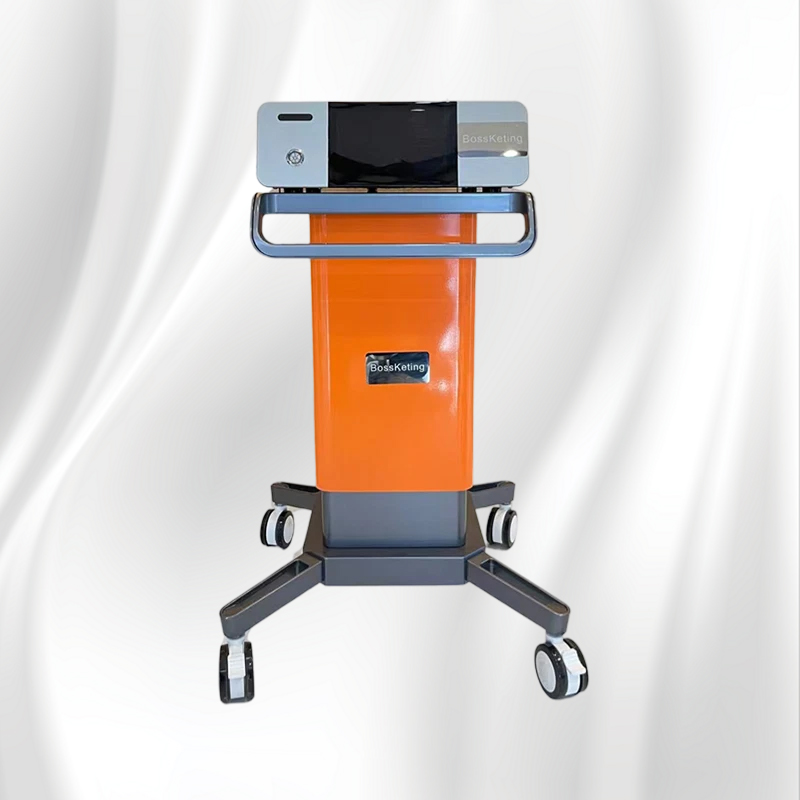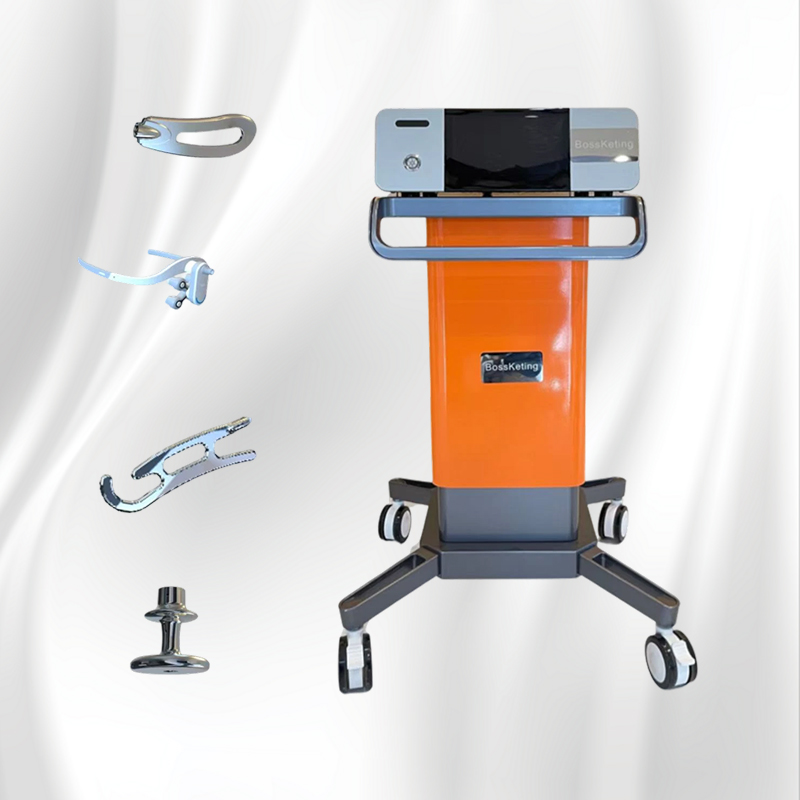Main functions: Health and wellness, stress relief, body management, targeting depression, anxiety, insomnia, fatigue, helping the brain relax, relieving stress throughout the body, and making you feel relaxed and calm
Core technology principles and innovative breakthroughs
Electrochemical sensing technology: Based on the micro-electrode array developed by MIT (with a diameter of only 10 micrometers), it dissolves after being inserted into the brain tissue through a PEG protective layer, achieving long-term stable monitoring. The electrode triggers the electrochemical reaction of dopamine through oscillating voltage, generating measurable current with an accuracy of the millisecond level. The traditional carbon electrode (with a diameter of 100 micrometers) can only be used for a short period due to scar tissue issues, while the new sensor can maintain accurate measurement for more than 393 days, solving the problem of long-term monitoring.
Multimodal imaging fusion: Combining pharmacological MRI (phMRI) with neuromelanin MRI (NM-MRI), it induces neurovascular coupling changes through pharmacological challenges (such as apomorphine, amphetamine), reflecting the dynamic function of dopamine. NM-MRI focuses on the substantia nigra - striatum pathway, providing long-term functional assessment; phMRI covers the entire brain and studies complex behaviors such as rewards and emotions.
Biocompatibility optimization: Liquid internal circulation cooling technology is adopted to ensure that the operating temperature of the equipment is ≤40℃, reducing the risk of thermal damage. The probe material has passed the ISO 10993-1 biocompatibility certification, avoiding cytotoxicity and sensitization reactions.
Medical application and clinical value
Diagnosis of neuropsychiatric disorders: Monitoring abnormal dopamine levels in diseases such as Parkinson's disease, schizophrenia, and drug addiction to assist in early screening and therapeutic effect evaluation. For instance, DAT-SPECT imaging can distinguish Alzheimer's disease from Lewy body dementia, with a specific increase of 20%.
Research and drug development: Study the role of dopamine in reward mechanisms, motor control, and emotion regulation, and guide the development of anti-Parkinson's drugs (such as dopamine agonists) and addiction treatment drugs. The global dopamine agonist market is projected to reach 5.3 billion US dollars in 2034, with a CAGR of 6.4%. The driving factors include aging and the increase in neurodegenerative diseases.
Rehabilitation and health management: Monitor dopamine levels in postoperative recovery, postpartum rehabilitation, and chronic disease management to optimize treatment plans. When combined with a magnetic stimulation system, it activates cell ion exchange through 448KHz radiofrequency, promoting collagen production and scar repair.



